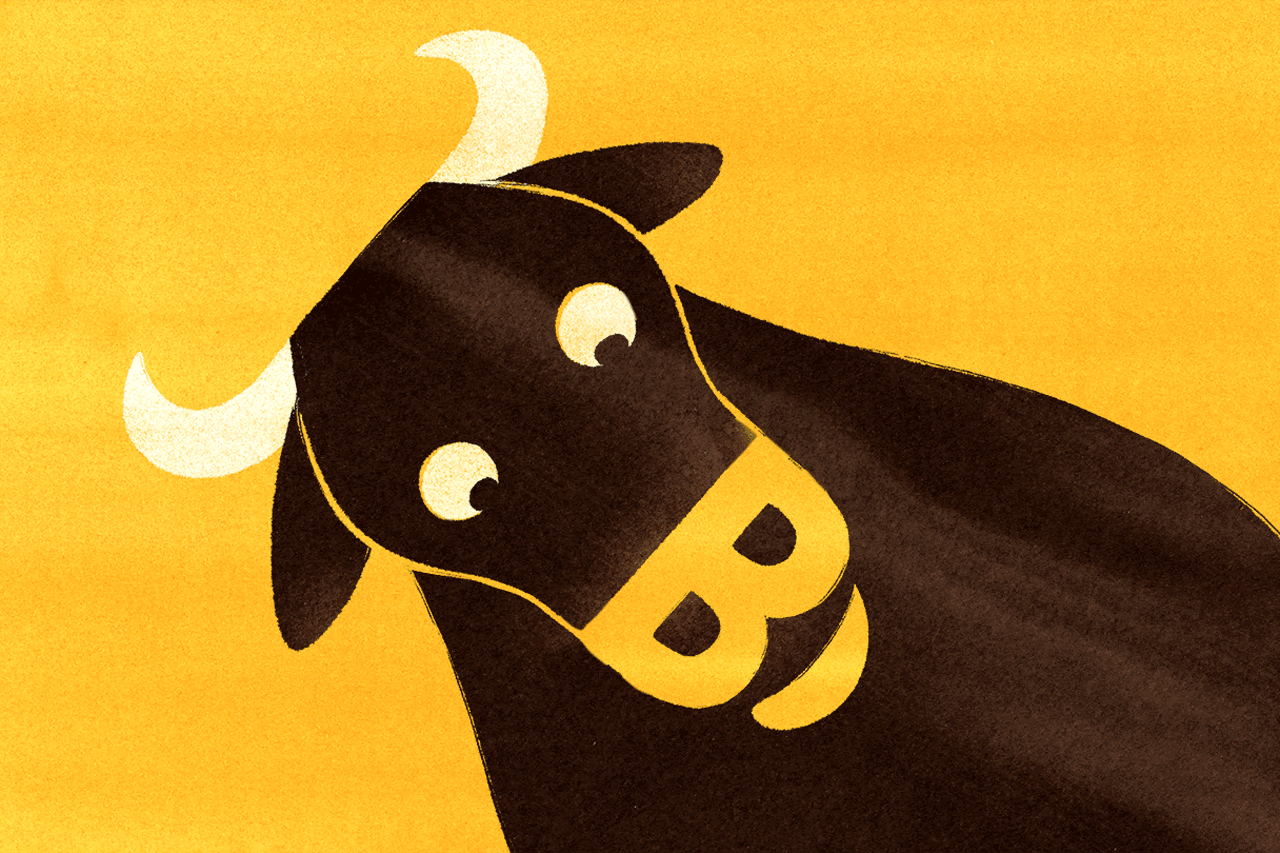Farm takes green crypto mining to next level by using cow poo as a renewable energy source, earning 10 times more than regular crypto miners.
Why everybody is talking about green crypto mining
Mining bitcoins is an activity that today requires an absurd amount of logistics and energy. A recent survey indicated that the practice consumes more energy than is consumed in some countries.
According to the research report, cryptocurrency mining demands a lot of energy from computers, as extremely sophisticated calculations are required to verify and authorize all transactions that are carried out simultaneously. It is estimated that consumption was 121.36 terawatt-hours (TWh) per year.
The number is slightly higher than the energy consumed annually in Argentina, which is 121.00 TWh, while the UAE consumes 113.20 TWh, with much of this consumption coming from luxury hotels and shopping malls in Dubai, the country’s capital and consumption is also higher than all the energy used annually in the Netherlands, which is 108.80 TWh.
If energy consumption for cryptocurrency mining continues to grow, which is likely, the volume of energy used per year will also be greater than that of Norway, which is 122.20 TWh.
Green crypto mining is here to stay
 One of the most important debates in recent weeks has been about the sustainability of cryptocurrency mining.
One of the most important debates in recent weeks has been about the sustainability of cryptocurrency mining.
In May, Elon Musk reportedly announced that Tesla will no longer acept Bitcoin because of the environment, claiming that cryptocurrency mining would be highly harmful, as it involves the use of fossil fuels such as coal.
However, the billionaire is said to be discussing renewable energy means such as “Green Bitcoin” to mine cryptocurrencies and re-accept BTC into his company.
A recent article by Coinmetrics CEO, Nic Carter, also reinforces the use of renewable energy for cryptocurrency mining. In his article, Carter advocates the use of methane – one of the most harmful gases in the Earth’s atmosphere – for mining.
According to him, “Methane is a worse greenhouse gas than CO2, the output of methane combusted, so the flaring is a net positive result. When this gas is put into a generator and used to mine Bitcoin, operators can ensure a complete flaring (eliminating the methane released from the inefficient flaring) and can additionally mitigate the emissions produced”.
These facts show that green crypto mining is arousing the interest of more and more crypto developers and investors.
Could the solution to green crypto mining lie with cows?

With that in mind, a farmer may have found an unusual (and slightly greener?) way to mine bitcoin using cow dung.
Philip Hughes, a resident of Wales, UK, decided to mine the cryptocurrency, but he needed enough energy for that and the solution lay in the methane extracted from cow dung.
To do this, Hughes uses an anaerobic digestion technology. He burns the feces and collects the exhaled methane.
The extracted methane is used to power a six-cylinder engine that electrifies its mining location and converts it to carbon dioxide. The gas emitted by the mixture is indeed a pollutant, but it must have an impact 25 times less than traditional methods.
The remaining gas can be used as a fertilizer. Each device is filled with “lots of very powerful computer graphics cards,” according to vendor Josh Riddett, who runs Easy Crypto Hunter in Manchester.
Although strange, Hughes and Riddett guarantee that mining bitcoin with cow dung is much more ecological than using other forms of energy for it.
In addition, studies prove that manure from cows and other animals is, in fact, efficient in producing clean energy. Thus, although it’s a little weird, everything indicates that the sustainable trend is here to stay.
Anaerobic digestion technology could supply all the energy of ETH mining system
 With the success of the cattle farm and mining farm hybrid, Hughes has already profited 10 times more than regular crypto miners.
With the success of the cattle farm and mining farm hybrid, Hughes has already profited 10 times more than regular crypto miners.
The method has been so successful that its Hughes’s anaerobic technology has already inspired neighboring farms and 40 others have recently shown interest, each one investing $25,000 in their own equipment.
Estimates believe that green crypto mining investors can have a return on investment (ROI) in up to 6 months, depending on the volatility of the crypto market.
In addition, Hughes believes that the manure produced by 900 cows could supply all the energy of the Ether (ETH) mining system – the current cryptocurrency mined on his farm.
What did experts say?
The decline of heavy industry left some parts of the US with a surplus of hydroelectric power, and the resulting cheap electricity attracted cryptocurrency miners.
But communities that experienced a “gold rush” from crypto miners found it a mixed blessing, driving up electricity prices.
On the other hand, some experts are concerned that mining equipment has a useful life and can quickly become obsolete, creating an e-waste problem. According to these experts, rather than switching to renewable sources, many say it would be better to make cryptocurrencies more efficient – or stop using them altogether.
Hughes says he is very aware that his cryptocurrency business is based on producing an asset whose value can change dramatically, based on market volatility or even statements from influencers like Elon Musk.
However, the farmer is optimistic and says that it is “much easier to operate a computer than a herd of cows or a herd of sheep.”




